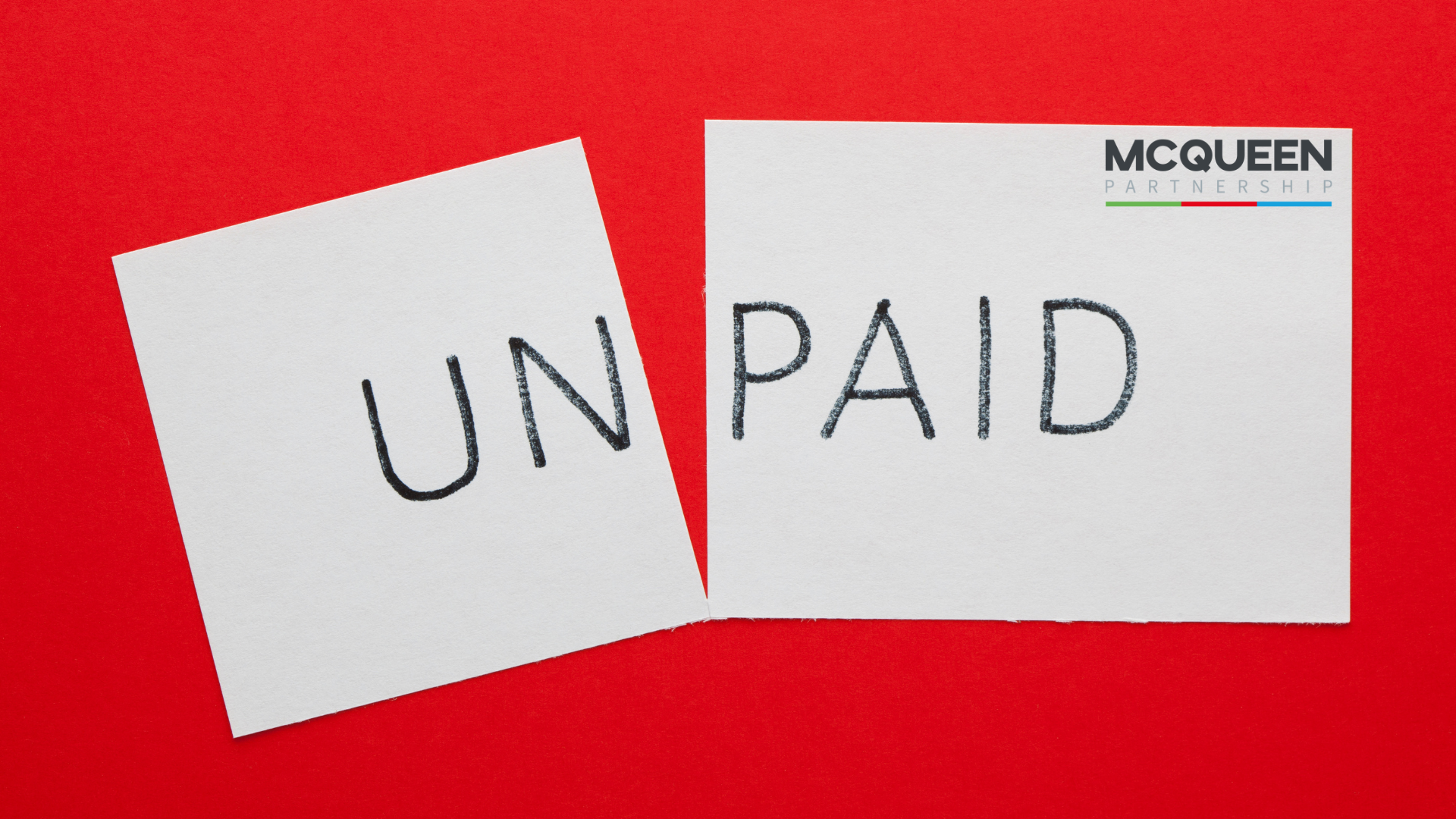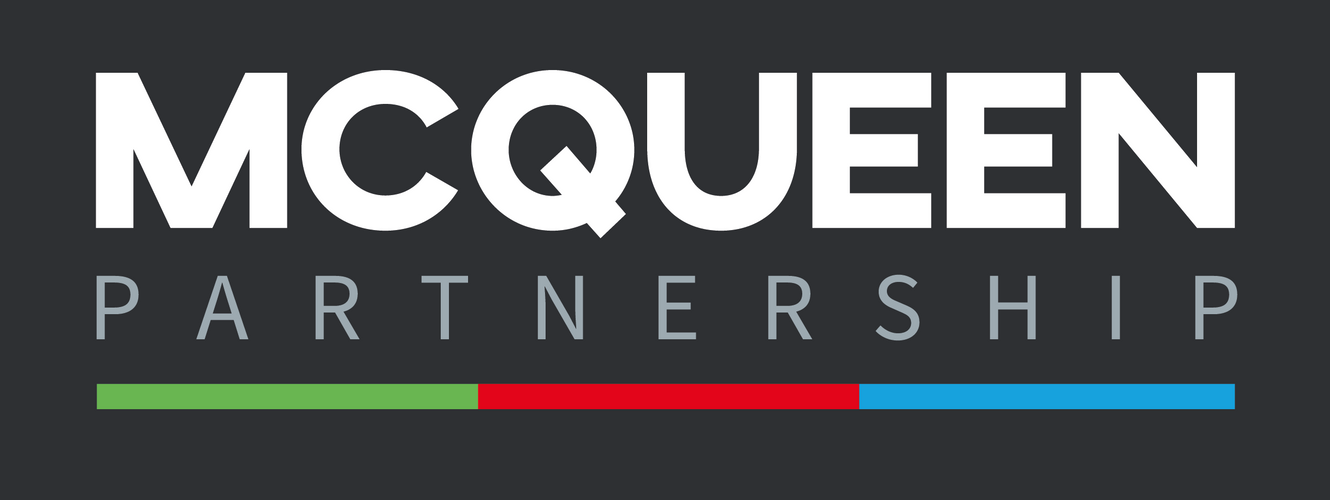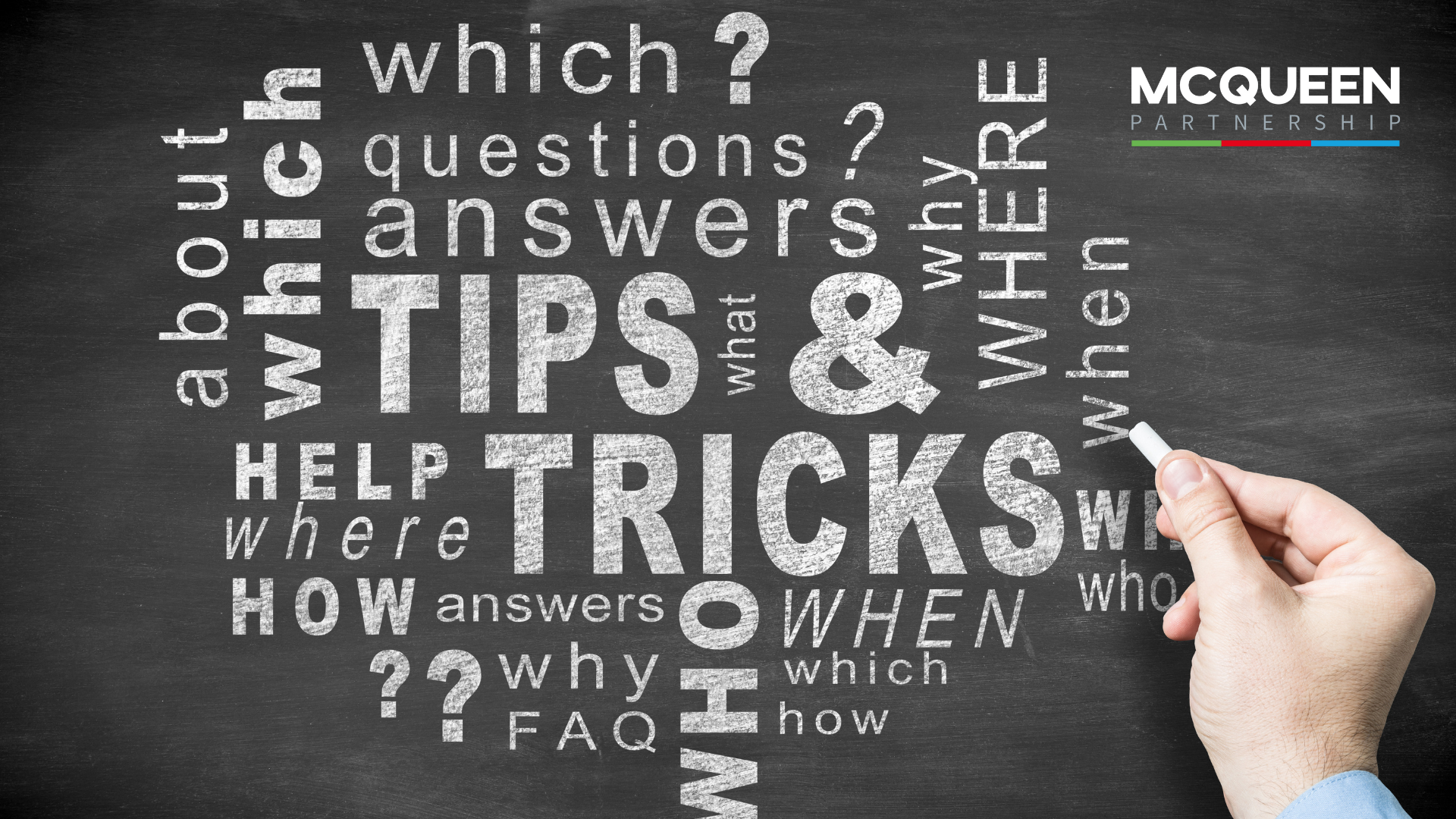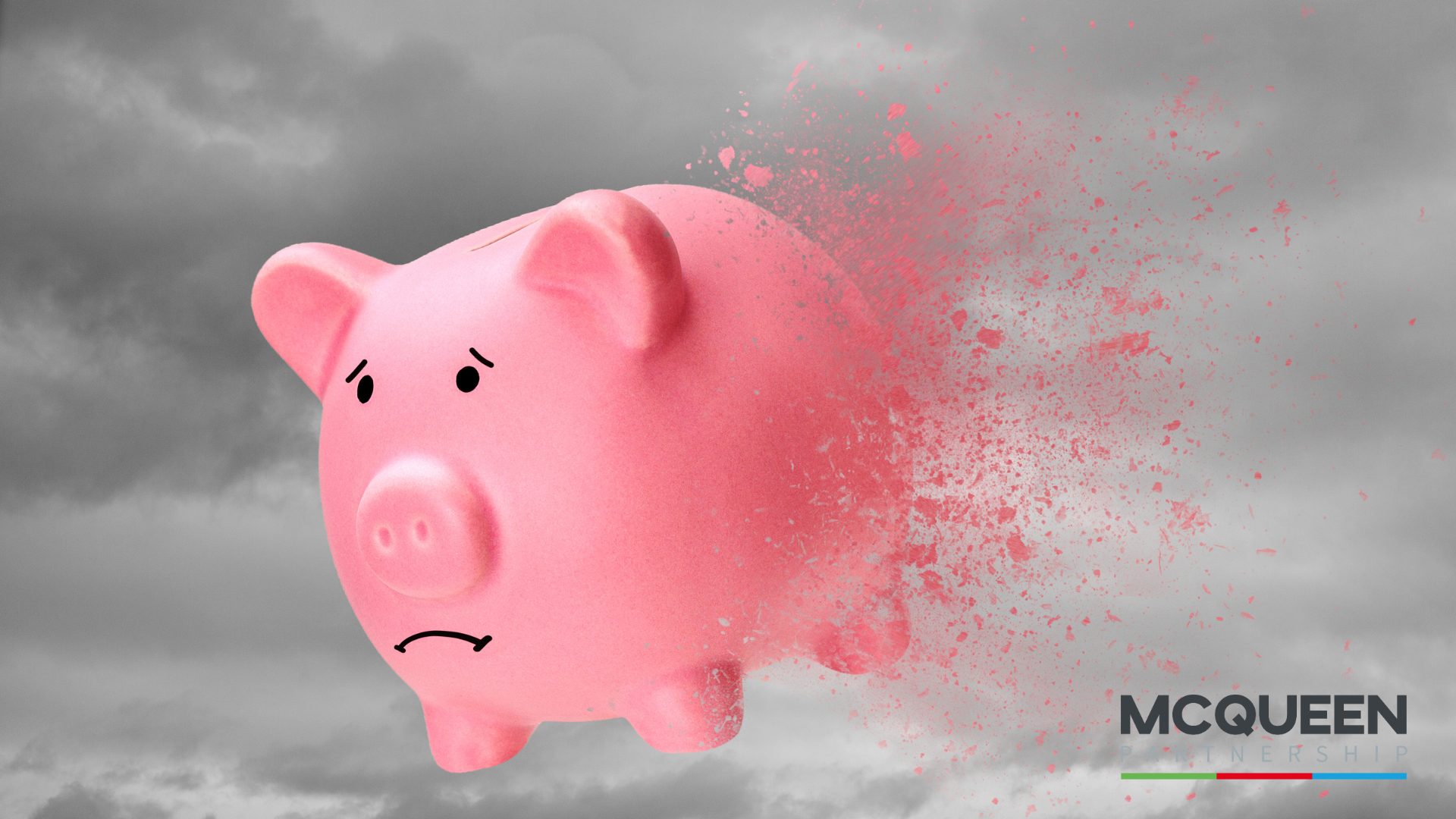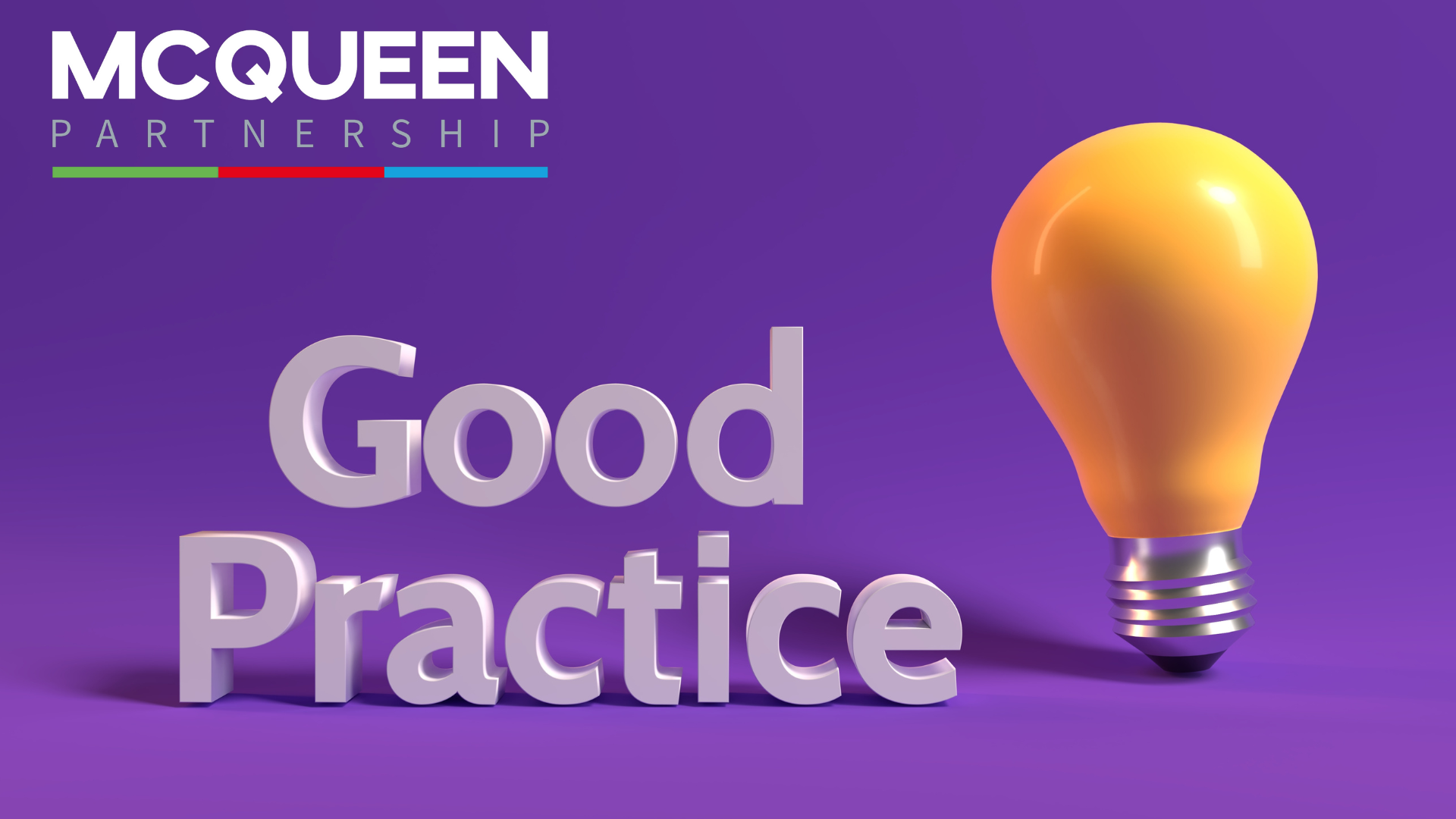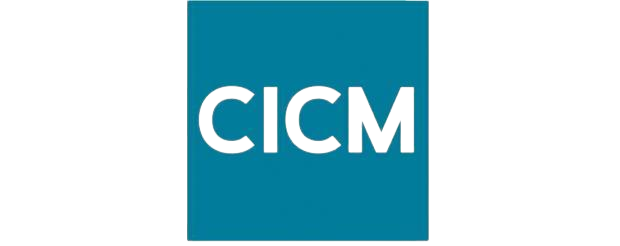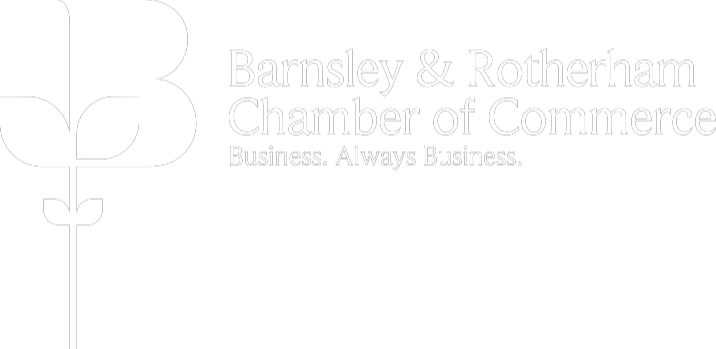What is the Process of Debt Recovery?
Debt is a common aspect of both personal and business finances. At some point, many individuals and companies find themselves dealing with unpaid debts. When this happens, it's essential to understand the debt recovery process to effectively navigate this challenging terrain.
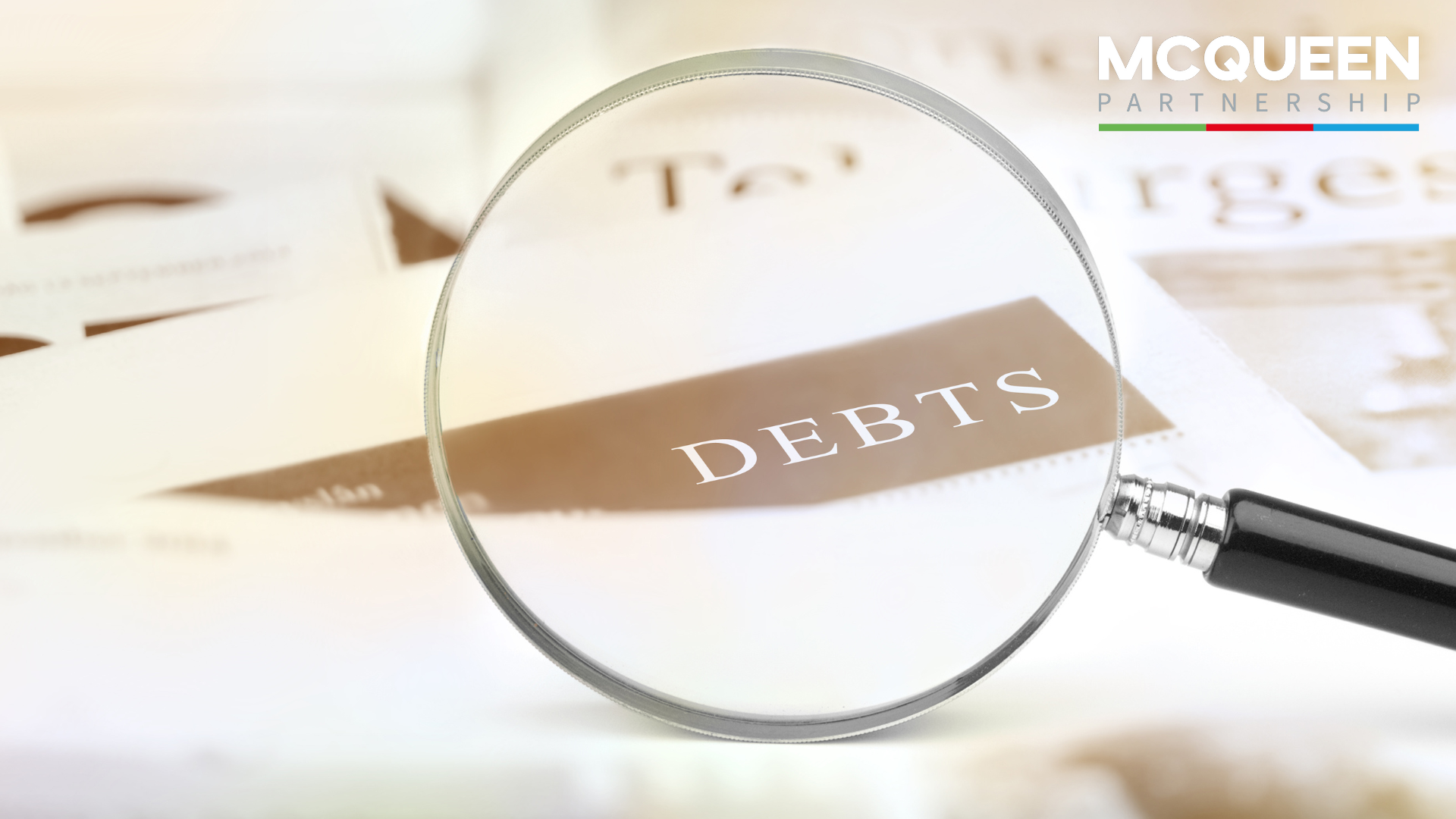
The First Step to Debt Recovery
The journey towards debt recovery often begins with the first crucial step: communication. When a debtor falls behind on payments, the creditor typically initiates contact to remind them of the outstanding debt. This initial communication is usually done through letters, emails, or phone calls, politely requesting payment.
The goal at this stage is to encourage voluntary repayment. Most debtors, upon receiving reminders and understanding the seriousness of the matter, will cooperate and make arrangements to settle their debts. It's a relatively amicable and straightforward step in the debt recovery process.
Steps in the Collection Process
The collection process can vary depending on the nature of the debt, the debtor, and the creditor's policies. However, there are some common steps that are often followed:
- Reminder Notices: As mentioned earlier, the initial step involves sending reminder notices or making phone calls to the debtor to remind them of the outstanding debt.
- Payment Arrangements: If the debtor responds positively, the next step is negotiating payment arrangements. This may involve setting up a repayment plan, agreeing on a lump sum settlement, or renegotiating the terms of the debt.
- Formal Demand Letters: If informal communication fails to yield results, the creditor may send a formal demand letter, outlining the debt's details, consequences of non-payment, and a final request for settlement.
- Debt Collection Agencies: At any point in the process, a creditor may choose to enlist the services of a professional debt collection agency. These agencies specialise in debt recovery and can take over the collection efforts on behalf of the creditor.
- Legal Action: When all else fails, creditors may resort to legal action. This involves filing a claim against the debtor to obtain a judgment. With a judgment in hand, the creditor has legal grounds to pursue more aggressive collection methods.
Understanding the process of debt recovery is essential for both creditors and debtors. For creditors, it helps in efficiently managing outstanding debts and increasing the chances of recovery. For debtors, it provides clarity on their rights and the steps that may be taken by creditors in pursuit of unpaid debts.
In practice, it's often in the best interest of both parties to reach an amicable resolution without resorting to legal action. Clear communication, negotiation, and willingness to cooperate can go a long way in resolving debt-related issues. However, when all else fails, the legal avenues available to creditors can provide a path toward debt recovery.
Navigating the debt recovery process can be complex, and it's advisable to seek professional advice from the likes of McQueen Partnership when dealing with particularly challenging debt situations. Ultimately, a fair and respectful approach to debt recovery benefits all parties involved and contributes to financial stability.

